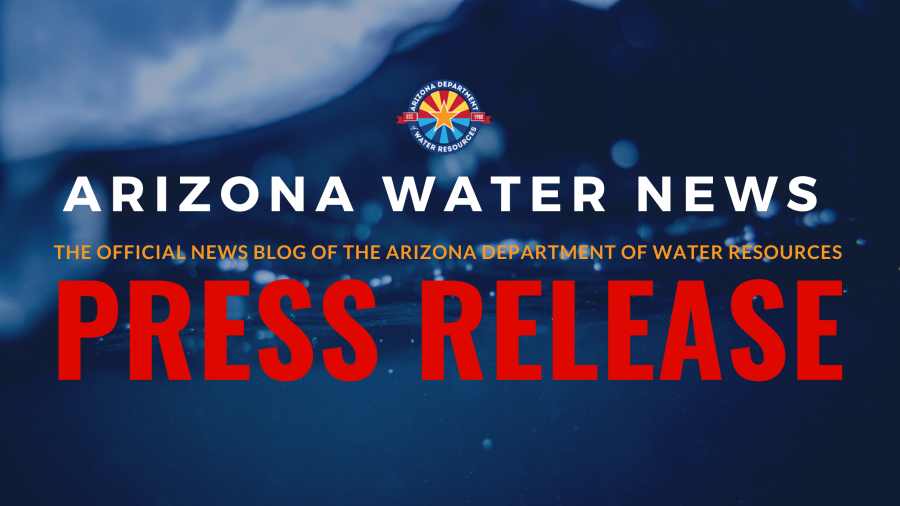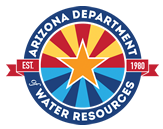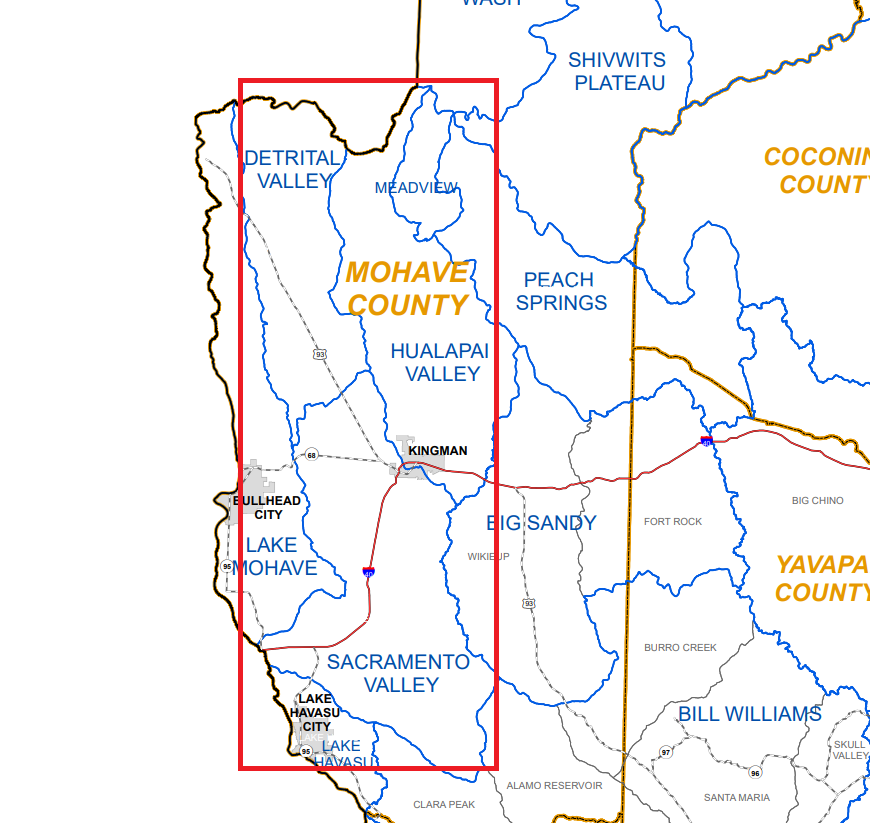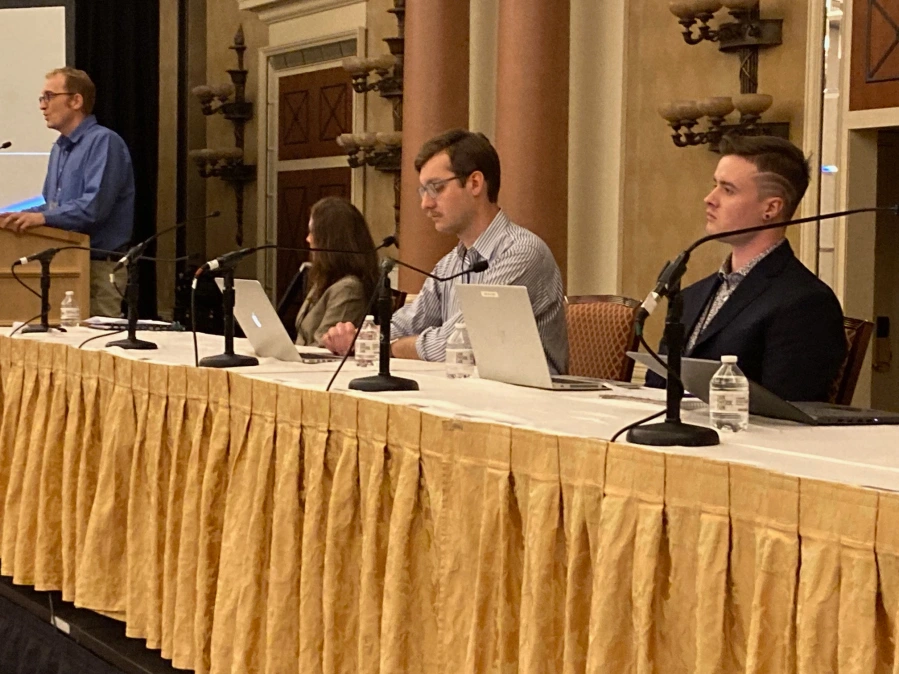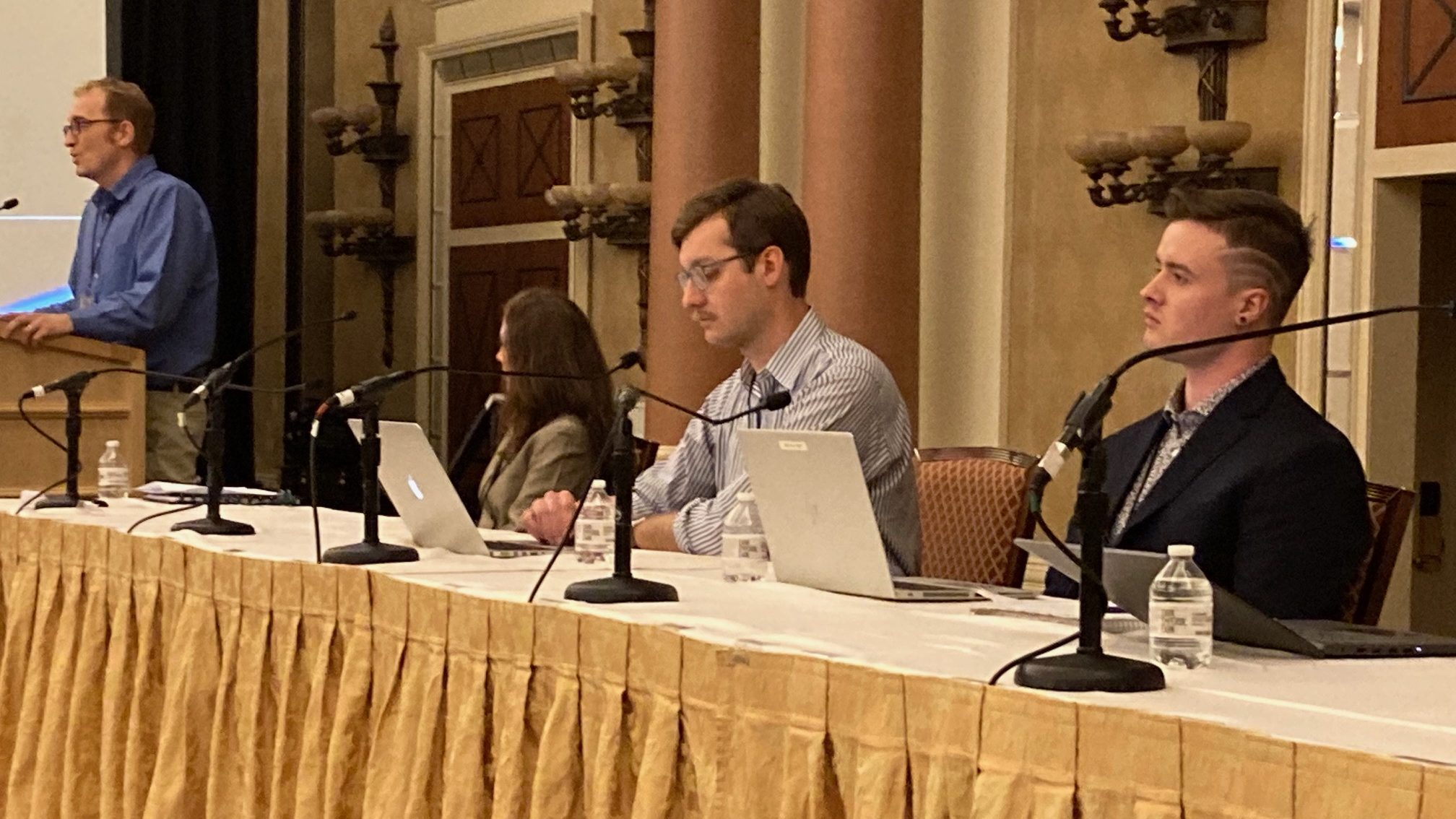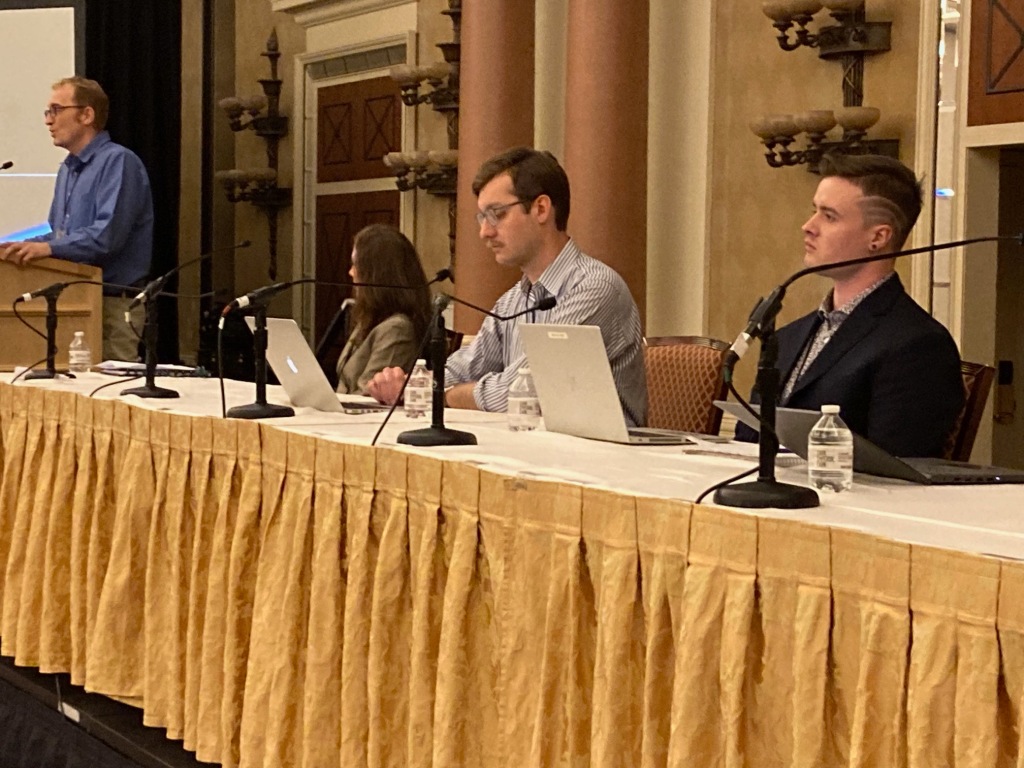PHOENIX – Beginning the week of March 11, 2024, and scheduled to continue for multiple months, Arizona Department of Water Resources (ADWR) field services staff will be making an extensive effort to measure water levels in wells in the NW Groundwater Basins: Virgin River, Grand Wash, Shivwits Plateau, Kanab Plateau, Paria, and Coconino Plateau Basins. ADWR’s objective is to measure water levels at hundreds of wells in these groundwater basins. This survey of wells – or basin “sweep,” as it is known – was last conducted by the USGS in 1976 for the Grand Wash, Shivwits Plateau, Kanab Plateau, Paria Basins. ADWR last conducted a sweep in the Virgin River Basin in 1991 and Coconino Plateau Basin in 2004.
The Arizona Strip area has been identified as a critical area that has not had a basin sweep conducted recently (see ADWR publication, Hydrologic Map Series (HMS), Water Level Change Map Series (WLCMS), and Basin Sweep Assessment Report ADWR Basins and Sub-Basins, (2009).
The data collected will be analyzed and used to obtain a comprehensive overview of the groundwater conditions and used to support scientific and water management planning efforts. Data collected will be used for several purposes, including:
- Analysis of water-level trends
- Groundwater modeling
- Water-level change maps
- Hydrologic reports
- Water resource planning and management
This basin sweep covers an area generally in the northwestern portion of the state from the Virgin River and Virgin River Mountains, including the Grand Canyon – Parashant NM, north and south rims of the Grand Canyon NP, extending east to Paria Canyon and southeast to the Colorado River west of Page, south to the San Francisco Mountains just northwest of Flagstaff, including Williams..
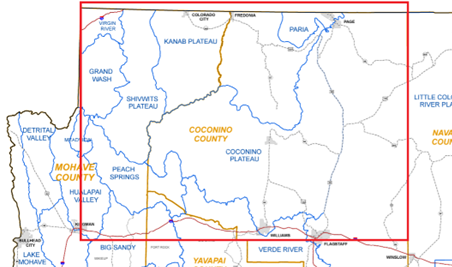
For more information regarding this matter, please contact Public Information Officer Shauna Evans at smevans@azwater.gov or (602) 771-8079. Details about the nature of basin sweeps and groundwater modeling can be found here.
###


